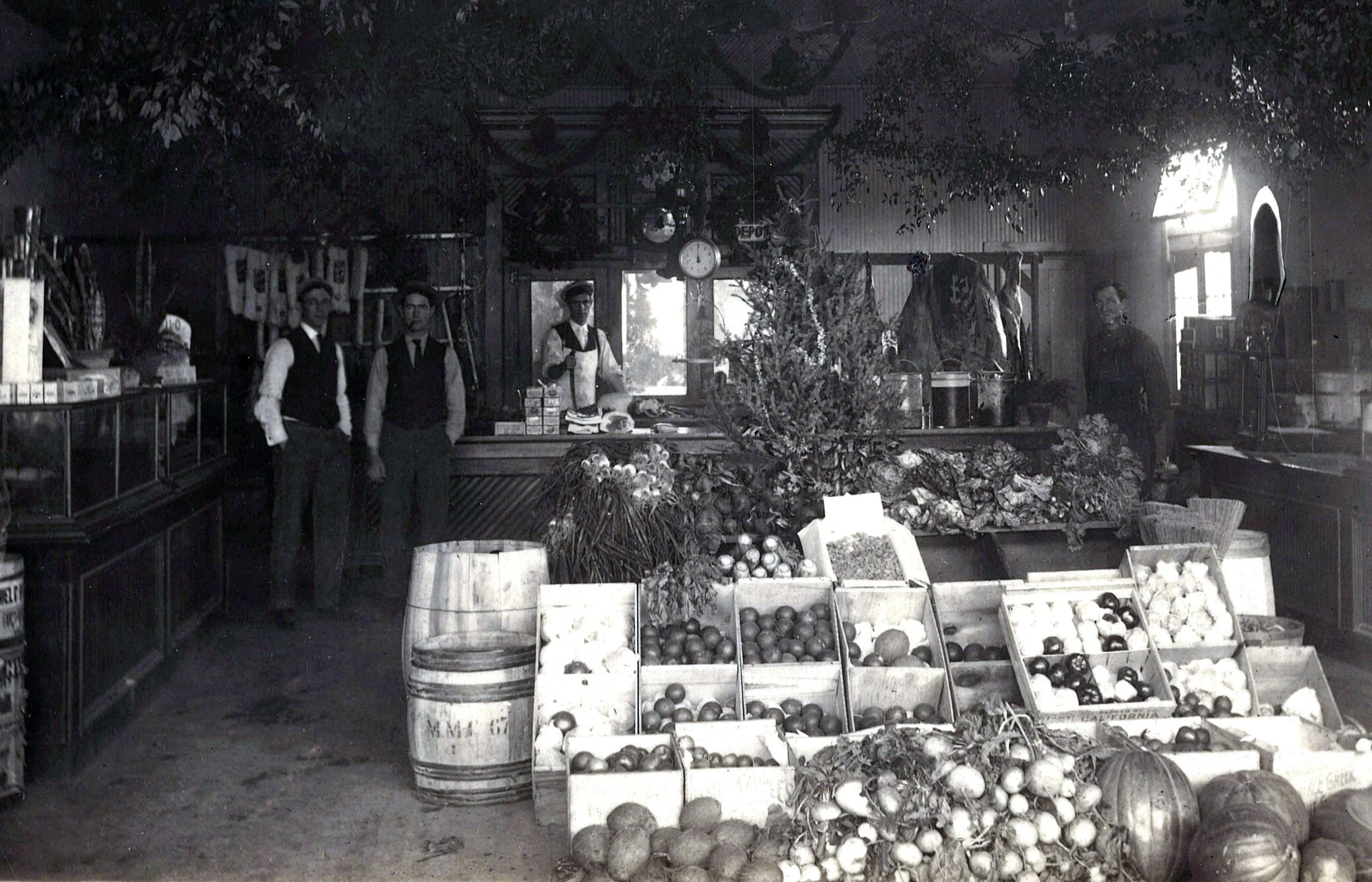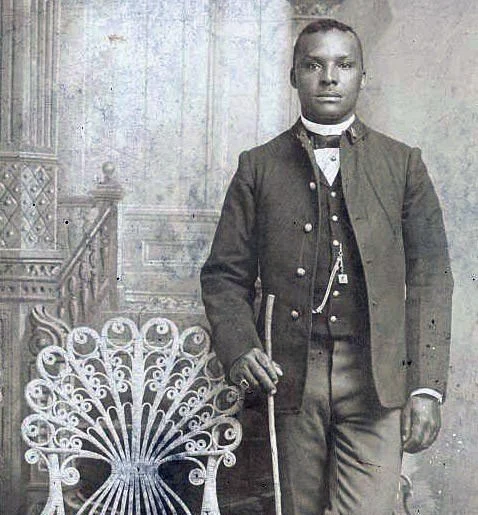
Refugees in London
When I think of early immigration to the United States from the part of Europe that is now Germany, I tend to think of German settlers in Pennsylvania, many of whom were religious dissenters like the Mennonite ancestors I have written about in a previous post. As a result, I was quite surprised to learn that my seven-times great-grandfather, Johann Henrich Krantz, arrived in New York in 1710 and settled along the Hudson River in Ulster County. As I learned more about why he arrived when and where he did, I came to see many parallels between his experience and that of refugees and asylum seekers today.

Wide Awake in 1860
In 1860, my four-times great-uncle, Servetus Longley, invented and patented a street-sweeping machine. It’s an ingenious device, with brushes attached at an angle to a set of wheels so that the machine can be pushed along a street. This invention might have made a fortune for Servetus. In fact, in the fall of 1860, the city of Cincinnati, Ohio, granted him a three-year contract to use his machine to clean the streets in the city’s western district. They withdrew the contract a few weeks later and therein lies a tale.

The Erisman Grocery Company
Growing up in Ft. Worth, Texas, I was vaguely aware that my great-great-grandfather, Richard Y. Erisman, had once run a grocery store in the city. As a child, I supposed it was like the grocery stores I knew, where you navigated aisles of food and other products with a grocery cart and took your purchases to the cashier for checkout.

The Buffalo Soldiers at Fort Washakie
I can’t remember when I first learned about the Buffalo Soldiers. As I discussed in my last post, my great-great-grandfather John S. Loud had a thirty-year career as an officer with the 9th Cavalry. I did an 8th grade history fair project on his wife, Kate Mifflin Loud, some of whose experiences I described in an earlier post. My parents even had a painting from artist Burl Washington’s Buffalo Soldier series hanging in their living room. Stories of the Buffalo Soldiers were always a part of my world. And those stories are something everyone should hear.
